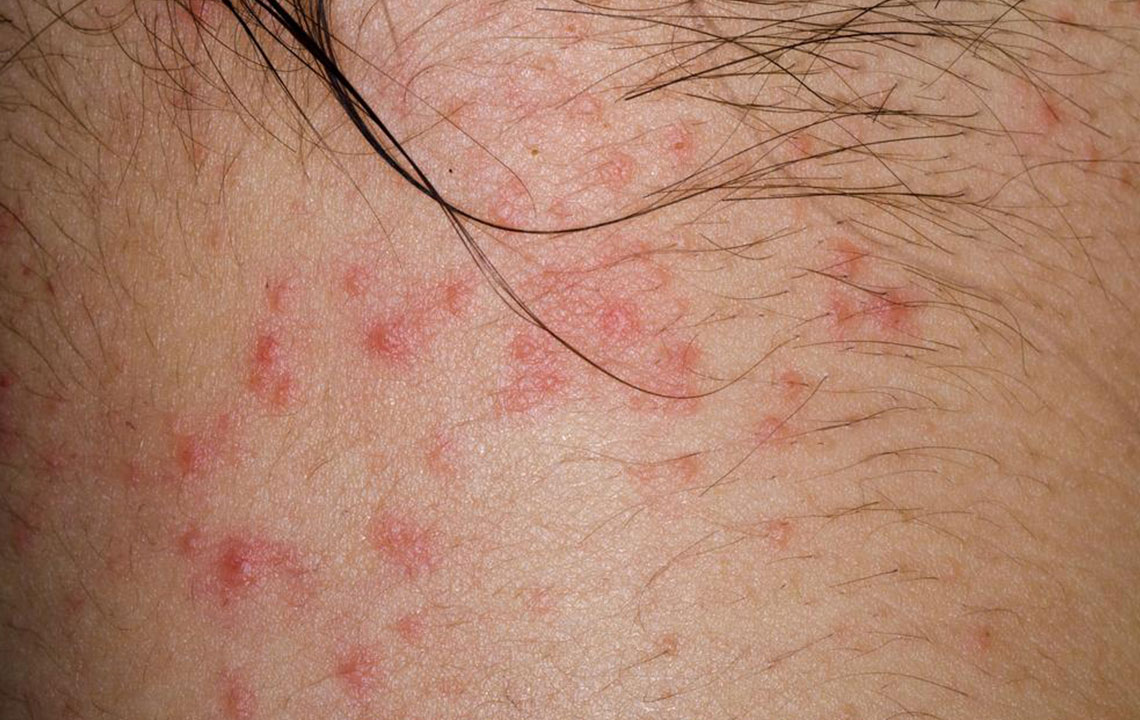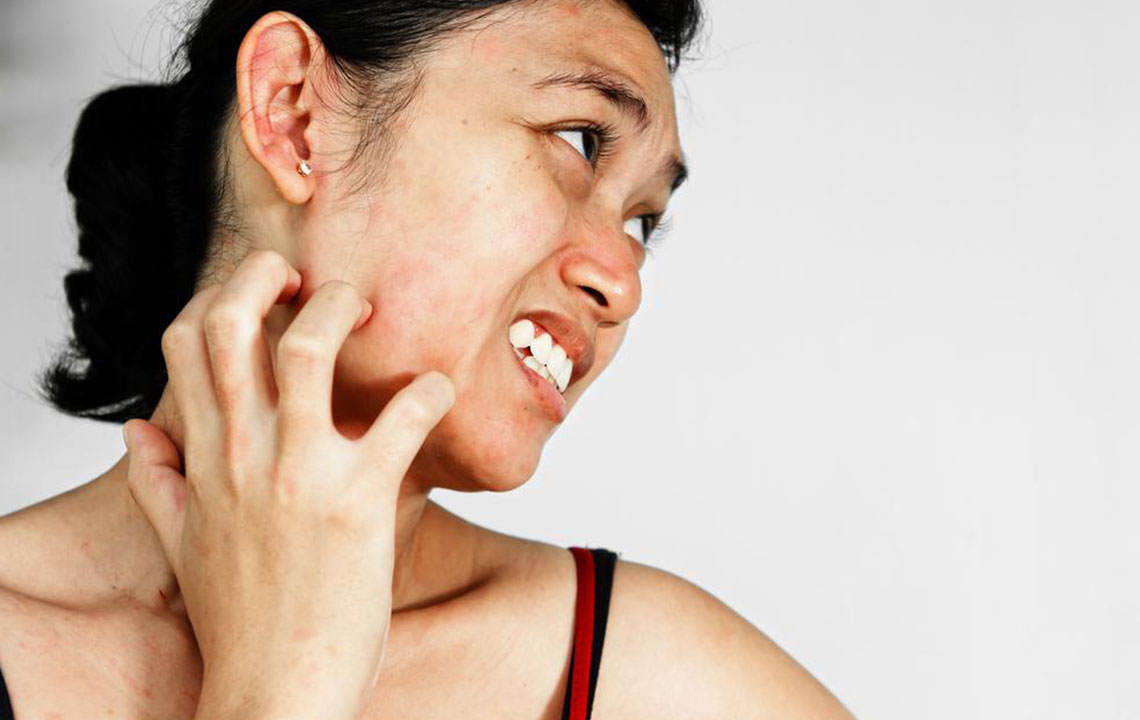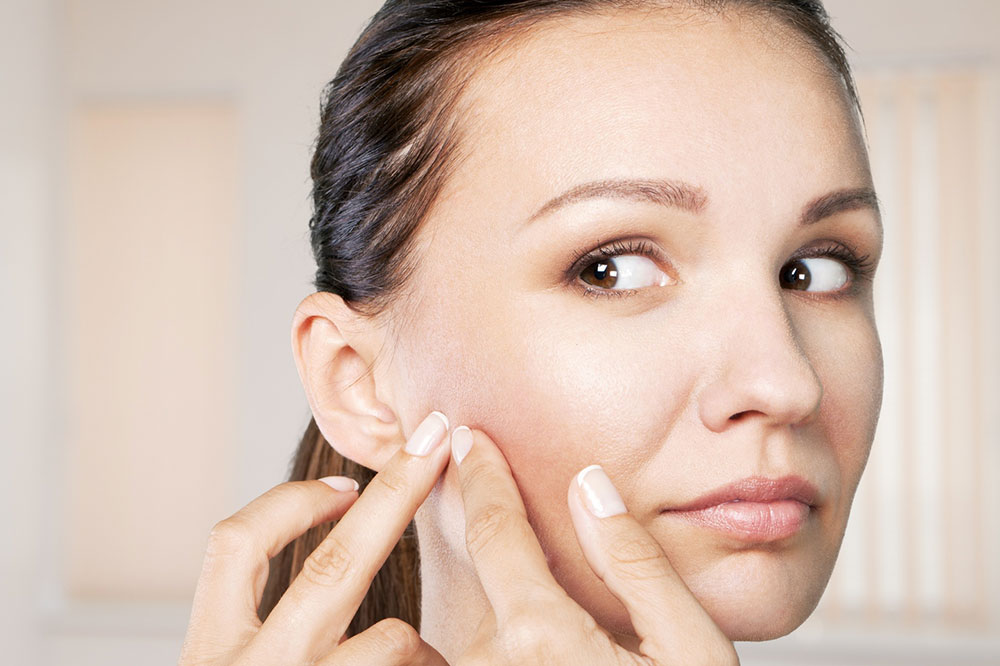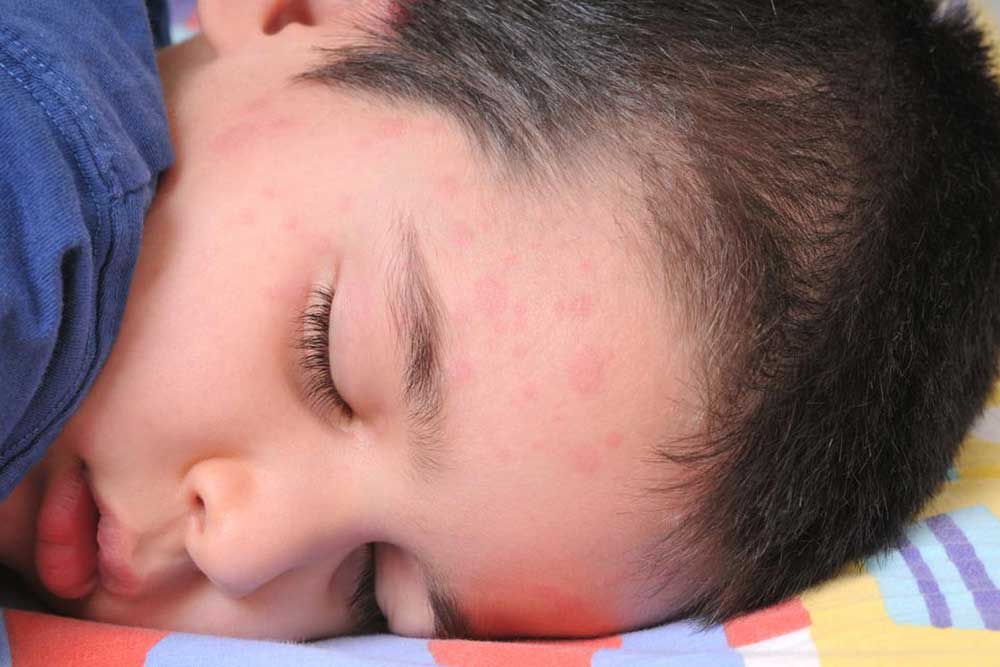Comprehensive Guide to Itchy Skin Rashes: Types, Causes, and Effective Treatments
This comprehensive guide explores the various types of itchy skin rashes, their causes, symptoms, and effective treatment options. Covering conditions like eczema, psoriasis, hives, and contact dermatitis, it offers valuable insights into managing skin irritations for lasting relief. Recognizing symptoms early and seeking appropriate care can improve skin health and quality of life. Whether you're dealing with common rashes or chronic conditions, this article provides essential information to help you understand and address skin inflammation effectively.

In-Depth Understanding of Various Itchy Skin Rashes and How to Manage Them
Skin rashes are a common dermatological issue that can affect individuals across all age groups. These skin irritations vary widely in appearance, severity, and underlying causes, making it essential to recognize their different types to ensure proper treatment. Rashes are inflammatory reactions that manifest on the skin's surface, often resulting from allergic responses, infections, or other dermatological conditions. From childhood allergies to adult skin conditions, understanding the nuances of itchy skin rashes is crucial for effective management and relief.
Many skin rashes are triggered by non-infectious factors such as allergens, irritants, or immune responses. When a new rash appears suddenly, accompanied by symptoms like fever or swelling, it indicates the need for prompt medical evaluation to determine the underlying cause. Accurate diagnosis is essential for effective treatment, especially in cases of persistent or widespread rashes that impact quality of life.
Types of Itchy Skin Rashes and Their Characteristics
Atopic Dermatitis (Eczema)
Atopic dermatitis, commonly known as eczema, is a long-lasting, chronic skin condition characterized by itchy, red, inflamed, and sometimes oozing skin. It primarily begins in childhood but can persist into adulthood or develop later in life. Typical locations include the inner elbows, behind the knees, cheeks, wrists, neck, and ankles. Eczema tends to flare up periodically and can be triggered by environmental allergens, irritants, stress, or dry skin. Individuals with a history of asthma or hay fever are more susceptible, as these conditions often coexist within atopic or allergic disorders.
Seborrheic Dermatitis
This common inflammatory skin condition affects many adults, especially in areas rich in oil glands. It manifests as red, flaky, itchy patches that are often greasy or greasy-looking. The scalp is most frequently involved, causing dandruff, but it can also affect the eyebrows, ears, cheeks, and forehead. In infants, this condition is known as cradle cap, and it usually resolves on its own over time. The exact cause isn't fully understood, but Malassezia yeast proliferation and skin oiliness are believed to play critical roles.
Contact Dermatitis
Contact dermatitis is an inflammatory reaction resulting from direct contact with irritants or allergens. It can be caused by exposure to chemicals, plants (such as poison ivy, poison oak, or poison sumac), soaps, detergents, or metals like nickel. The rash typically appears as localized redness, swelling, blisters, or weeping skin confined to the area of contact. Allergic contact dermatitis develops after sensitization to an allergen, whereas irritant contact dermatitis results from irritation or chemical injury.
Diaper Rash
This irritation predominantly affects infants diapered for extended periods, but adults using adult diapers can also develop it. Moisture, friction, and exposure to urine and feces lead to redness, soreness, and sometimes tiny blisters or pustules in the diaper region. Proper hygiene, frequent diaper changes, and the use of barrier creams can help prevent and treat diaper rash.
Stasis Dermatitis
Stasis dermatitis is a condition associated with poor blood circulation, particularly in the legs. It occurs in individuals with chronic venous insufficiency, leading to fluid buildup and swelling. The skin becomes red, itchy, and may develop dermatitis with crusting, scaling, and sometimes ulceration. Managing underlying venous problems through compression therapy and lifestyle changes is crucial for long-term control.
Psoriasis
Psoriasis is a chronic autoimmune disorder that accelerates skin cell turnover, resulting in thickened, scaly patches of skin known as plaques. These patches often have silvery or white scales and can occur anywhere on the body but are most common on the scalp, elbows, and knees. Psoriasis may be accompanied by itching, burning, or discomfort. Triggers include stress, infections, skin injuries, or certain medications. Treatments aim to suppress immune response and reduce scaling and inflammation.
Hives (Urticaria)
Hives are sudden, transient, raised, reddish bumps or welts that are intensely itchy. They can appear anywhere on the body and usually resolve within 24 hours but may recur frequently. Common triggers include foods, medications, insect stings, or environmental factors like pollen or heat. Identification and avoidance of triggers are essential. Severe cases may require antihistamines or other medications to control symptoms and prevent complications.
Nummular Eczema
This form of eczema is characterized by round, coin-shaped patches that are often dry, itchy, and sometimes weeping. It tends to occur more frequently during winter months when the skin is drier. The affected areas are usually on the arms, legs, or hands. Managing dryness with moisturizers and avoiding harsh soaps can help reduce flare-ups. The patches can be resistant to treatment but usually respond well to topical steroids and antihistamines.
Drug-Induced Rashes
Certain medications can induce skin rashes as side effects. These reactions vary from mild redness to severe blistering or Stevens-Johnson syndrome in rare cases. Rashes may appear immediately or after days of starting a new drug. If a drug reaction is suspected, discontinuing the medication under medical supervision is essential. Alternative medications or treatments are then considered based on the severity of the reaction.
Heat Rashes (Milarial or Prickly Heat)
Heat rashes typically develop in hot and humid weather, especially in infants but also in adults exposed to high temperatures. They appear as clusters of tiny, red bumps or blisters, often with a prickling or burning sensation. They commonly occur on the neck, chest, underarms, or groin. Cooling the skin, staying in a cooler environment, and wearing loose clothing can help alleviate symptoms. Applying soothing lotions may also provide relief.
Most non-infectious skin rashes respond favorably to over-the-counter remedies. Hydrocortisone creams help reduce inflammation, antihistamines minimize itching, and emollients hydrate dry or cracked skin. However, persistent, worsening, or widespread rashes require professional dermatological assessment for accurate diagnosis and targeted treatment strategies. Early intervention can prevent complications and provide relief from discomfort.





